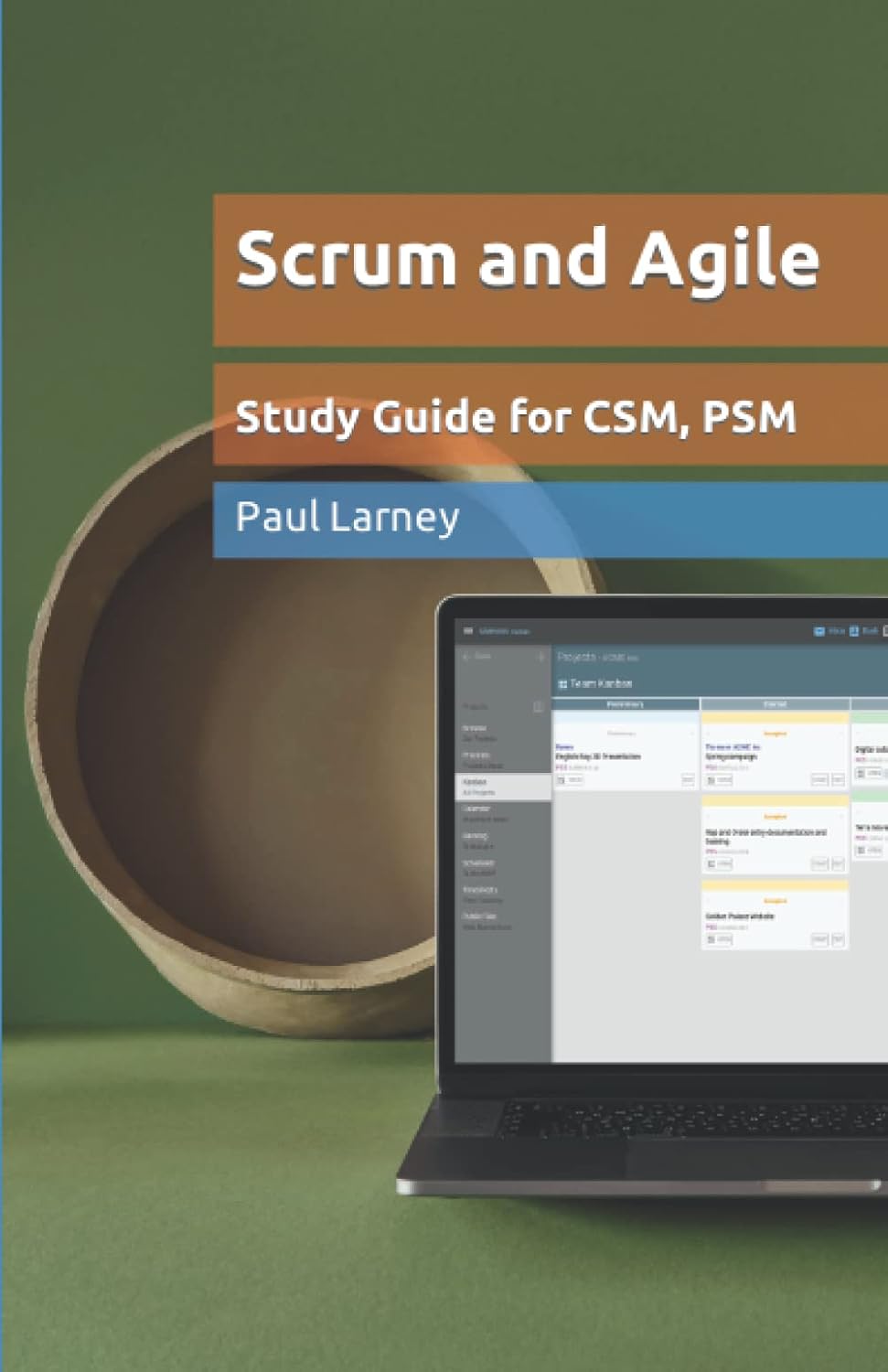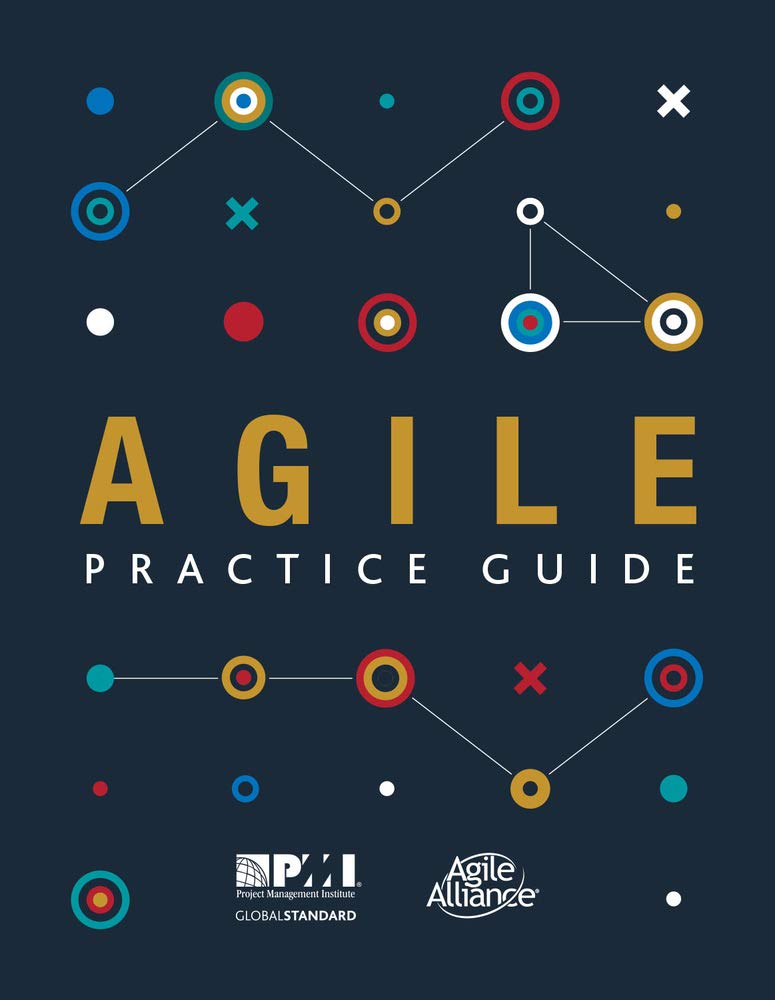
Sprint
What is a Sprint?
A sprint is a set period during which a team works to complete specific tasks or deliverables. Commonly used in Agile project management, it usually lasts one to four weeks. At the beginning of each cycle, the team selects a group of items from the product backlog to focus on. The goal is to deliver a usable and shippable product increment by the end of the sprint. Teams often hold planning meetings, daily check-ins, and review sessions to ensure alignment and track progress. The fixed timeframe helps maintain focus and supports continuous improvement through regular reflection and adjustment.
Key Points
- It has a fixed duration, most commonly two weeks.
- A prioritized product backlog drives the work completed during the cycle.
- Each sprint begins with a planning meeting and ends with a review and retrospective.
- The team aims to deliver a product increment that adds value.
- It encourages iterative development and rapid feedback.
Related Terms
- The product backlog is the list of all desired features, fixes, and updates that serves as the source of work selected for a sprint.
- The team holds a sprint planning meeting to decide which backlog items it will complete during the cycle.
- The scrum master is responsible for facilitating the sprint process and removing obstacles for the team.
- A daily stand-up is a short meeting held each day of the sprint to review progress and update priorities.
- A sprint retrospective allows the team to reflect on what went well and what needs improvement for future cycles.
Sprint: Example
A software development team at a financial services firm runs a two-week sprint. During the sprint planning meeting, they select five tasks from the product backlog, including a new login feature and a fix for a mobile bug. Each day, they hold a 15-minute stand-up to track progress. At the end of the two weeks, the team demos the completed work to stakeholders and discusses lessons learned in a retrospective meeting.
Sprint: Best Practices
- Keep the duration consistent to establish a predictable workflow.
- Prioritize clear, achievable goals within the timebox.
- Engage all team members in planning, review, and retrospective sessions.
- Use visual tools like task boards to track progress throughout the sprint.
- Encourage open communication and frequent feedback to improve outcomes.
Additional Resources
Preparing for a PMI certification?
- Exam Prep Courses: PMP®, CAPM®, and PMI-ACP®
- Exam Simulators: PMP®, CAPM®, PMI-ACP®, PMI-PBA®, PMI-RMP®, PMI-SP®, PgMP®, and PfMP®
- Professional Development Units (PDUs): 15, 30, and 60 PDU Bundles




